If you’re new to lawn care, one of the first things you have to do is answer a simple question: Do you have cool season grass, or warm season grass? This is important, because although there are plenty of maintenance tips and practices that apply to both grass types, there are also some pretty distinct differences. In fact, depending on the time of year, cool season grass might have needs that are completely opposite of warm season grass, and vice versa.
Cool Season Grass Growth
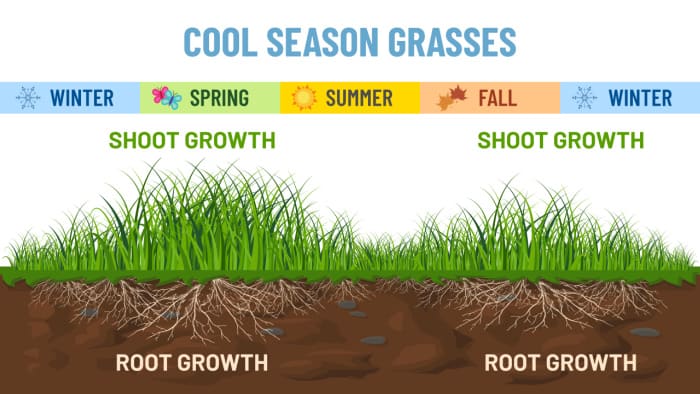
Cool Season Grass thrives when air temperatures are averaging between 50 and 80 degrees. In the northern half of the United States, this temperature range usually occurs in the spring to early summer and then again at the end of the summer and into fall. That is why cool season grasses have two periods during the year where they are the strongest: Spring, and Fall (as shown in above picture).
In the summer, air temperatures can get above this range for long periods, driving soil temps with it. This is when your cool season grass can struggle, and even go into a period of summer dormancy. Once late summer/early fall hits, your stressed summer lawn begins to green up again and will have another growth spurt until temperatures are consistently below 50 degrees. At this point grass growth will stop and your lawn will begin to enter winter dormancy.
Warm Season Grass Growth
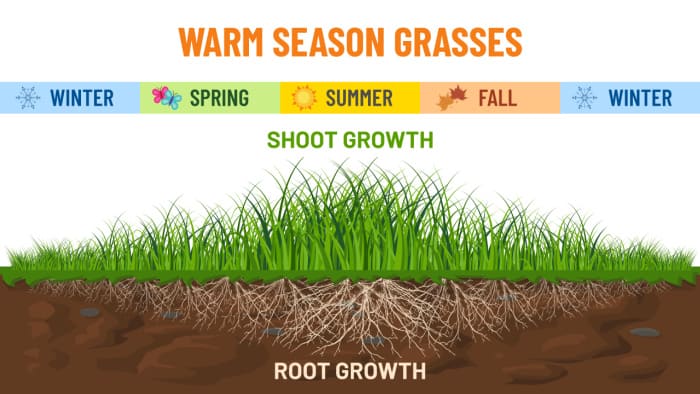
Unlike Cool Season Grass, Warm Season Grass likes the heat. It thrives when air temperatures are averaging between 80 and 95 degrees. Since the southern half of the united states has a much longer period of time where they experience this hot temperature range, it makes warm season grass the best choice. There are some downsides however; Most southern states get cool enough during the winter to make their warm season grass go dormant and brown. This period of dormancy can trickle into early spring and start back up again in mid to late fall when air temperatures are consistently below 80 degrees. The only exception is to those in the very south, or south west where temperatures are warm enough in the winter to prevent a dormancy period.
Looking at the chart above you can see that unlike cool season grass which has two periods of the year (spring and fall) when grass thrives, warm season grass has one pro longed period which ranges from late spring to early fall, where grass thrives.
The Transition Zone
The Transition Zone is the area in the United States where you’ll see both cool season and warm season grasses. In this in between area it can be tough to make a decision on growing warm season or cool season grass. The challenge is that in these areas, summers can be very hot, which is fine for warm season grass, however they also have cool falls and winters which more resemble the climate in which cool season grass thrives. If you have warm season grass, this would mean you’d be looking at brown, dormant grass for much of the winter. But, if you were to plant cool season grass the lawn would struggle and most likely die since the summers are too harsh. To keep the grass alive you would need a lot of water and maintenance to nurse it through the summer.
Knowing what grass type to plant in the transition zone can be a challenge. Check out some strategies and things to consider when in the transition zone:
Transition Zone Strategies
1. Consider exact location.
If you’re struggling to choose between planting warm season grass or cool season grass in the transition zone then take a moment to consider your exact location. If you’re in the upper portion of the transition zone, then you should probably favor cool season grass. In the bottom locations, choose warm season grass. (see map at top of page).
Also, consider your micro climate. Are you near a body of water where it’s more humid or are you in an area where there is very little rainfall? Even elevation and topography should be considered. A higher elevation can nudge you in the direction of cool season grass for example.
Also, think about your property. Is it in direct sun or is there shade? What is the size of the turf area? Can you irrigate it? If it’s direct sun than cool season grass will be very hard to keep alive during the heat of the summer in the transition zone. However if there’s some shade, and the turf area is small, and you can install irrigation than cool season grass can work.
Also, take note of the kind of grass your neighbors and near by neighborhoods have. You might see a strong trend in your neighborhood and that might make the decision easier. Overall, consider everything when making this choice.
2. Plant cool season grass in the front yard and warm season grass in the back.
If your front and backyard are separated by a fence or some other barrier than one thing you can do is plant cool season grass in the front yard and warm season grass in the backyard. You will need to irrigate your front lawn often during the summer but at least it’s only a portion of your lawn. This will leave you with a green lawn all year in the front yard. The warm season grass in the backyard will go dormant during the winter but at least in the front you can still maintain a nice curb appeal. I know a lot of people in the south that use this strategy. It’s a great compromise.
3. Overseed with ryegrass in the fall.
Another solution to the problems of the transition zone is to stick with warm season grass throughout the year, but in the fall, once your warm season lawn starts preparing for dormancy you scalp the lawn (mow it really short), and overseed with ryegrass, which is a cool season grass. Essentially, you’re converting your lawn to a cool season lawn temporarily. This way you’ll have green grass during the winter months. In the spring when temperatures rise and while your warm season grass is still dormant, you begin to cut your lawn really short (scalping it). When your warm season grass comes out of dormancy it’ll start to outcompete the cool season ryegrass and transition back to a dominantly warm season lawn. The ryegrass will be choked out as temps continue to increase. There’s a great write up on how to do this here: Overseed Warm Season Lawn with Ryegrass
4. Minimize turf where possible.
Break up large areas of turf by creating landscape beds. This will help you if you have warm season grass or cool season grass. For warm season grass, landscape beds and plantings will help draw the eye away from brown, dormant grass in the middle of winter. If you have cool season grass it will reduce the turf area to a more manageable size. Irrigating a small area all summer is doable so you might be able to have a nice blend of some grass with some plantings.
Best Grass Types for Transition Zone
Southern portions of the transition zone is where you see more warm season grass. The two most popular choices are Zoysia and Bermuda.
Northern portions of the transition zone are primarily made up of cool season grasses. The most common cool season grass in this region is Turf Type Tall Fescue (TTTF), but you’ll also see some Fine Fescue, and Kentucky Bluegrass.
How to Identify Cool Season vs Warm Season Grass
If your not sure if you have cool season grass or warm season grass you’ll have to play detective a little bit to see what you have:
1. Study the spreading habit
Warm season grasses spread via stolons or rhizomes, or both. If you dig out a small section of grass, study the roots. Do they spread out long and horizonal either above the ground (stolons) or below the ground (rhizomes). This is typical of a warm season grass. If you see above ground runners (stolons) then you can be pretty sure you’re dealing with warm season grass.
Cool season grasses on the other hand don’t tend to be strong spreaders. Most varieties form in several clumps that ultimately blend together. The only common exception to this is Kentucky Bluegrass which does have underground rhizomes.
2. Observe when your lawn is dormant, or struggling.
If your transition zone lawn tends to favor the heat of the summer but turns brown during the winter you probably have warm season grass. If it really struggles during the summer but looks better with the cooler weather than you most likely have cool season grass.
3. Take a close look at the blade
Take a close look at the blade color, vernation, tip shape, and width and compare it to the picture and information chart you can find here: Grass Identification Chart
4. Check with your local county extension.
These are great places that help with identifying a variety of plant species, grass types, insects, etc. You can find your local County Extension by using the search here: County Extension by Zip Code
Cool Season Grass Tolerances
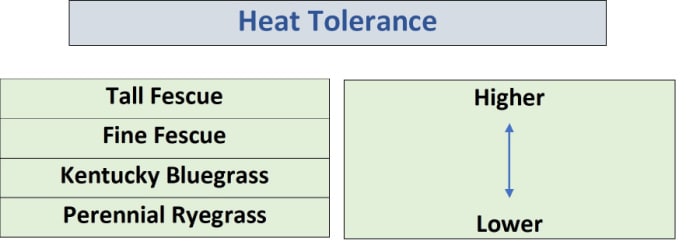
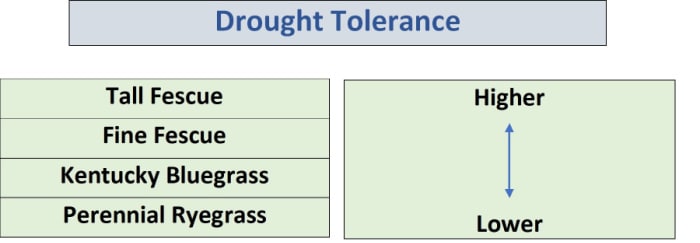
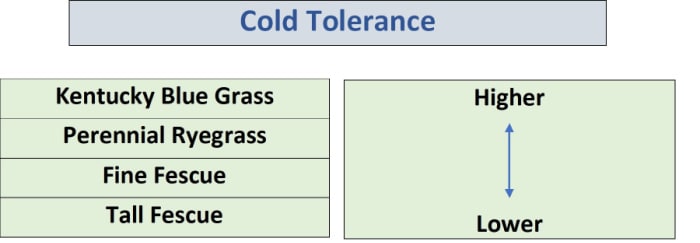
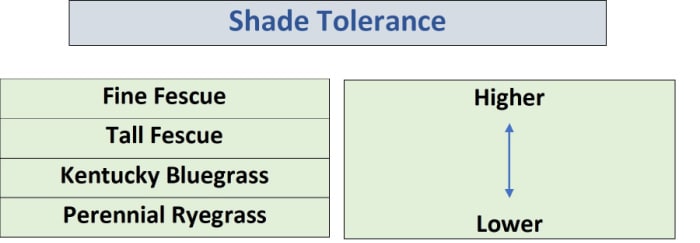
Warm Season Grass Tolerances
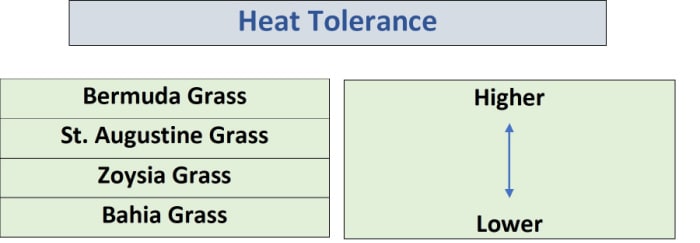
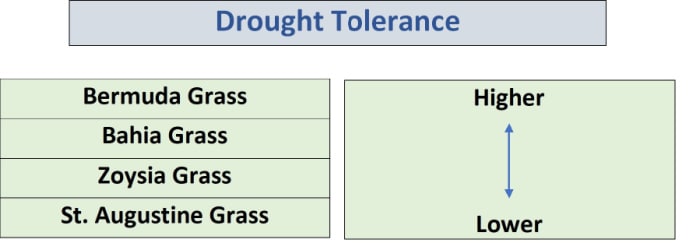
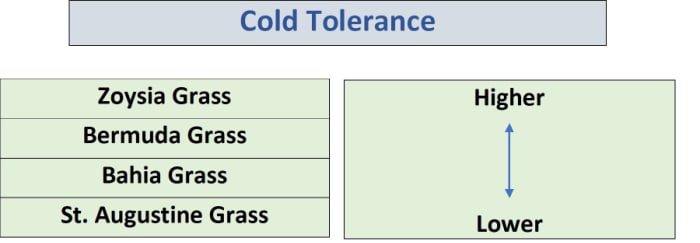
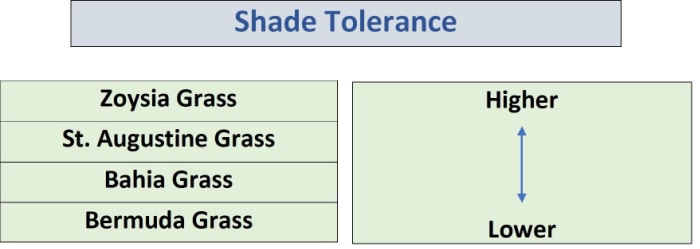
FAQ
1. What is the best cool season grass seed?
Kentucky Bluegrass, Fine Fescue, Tall Fescue, and Perennial Ryegrass are the most common grass types you’ll see in cool season lawns. With grass seed, you get what you pay for so don’t look for the cheapest bag. Stay away from something that says “contractors mix” for example. Here are some great places to shop for quality seed:
- GCI Grass Seed– Here you’ll see great options for Turf Type Tall Fescue, Kentucky Bluegrass, and mixes of Turf Type Tall Fescue/Kentucky Bluegrass. Check out the different products and detailed descriptions to find your best fit.
- Ryann Knorr Grass Seed– Here you’ll see great options for Kentucky Bluegrass, Perennial Ryegrass, Turf Type Tall Fescue, and blends of different grass types. The perennial ryegrass options here really stand out. They are tough with a very dark green color.
- Black Beauty– This is one of your best choices out there if you are in the Transition Zone or looking for a super heat and drought tolerant cool season grass type. They offer several different varieties of Turf Type Tall Fescues but their Original is one of their toughest.
- Scotts Northeast Seed Mix– Scotts Northeast Seed Mix is very versatile and adaptable to a wide range of growing conditions. It contains a mix of Perennial Ryegrass, Kentucky Bluegrass, and Fine Fescues. This will allow your lawn to play survival of the fittest and the seed varieties that suit your lawn the best will become dominant. It’s a great choice for people newer to lawn care or for those looking for a more economical option.
2. What is the best way to grow a warm season lawn?
You’re much better off establishing a warm season lawn by planting plugs or laying sod than you are by spreading seed. In the warm season areas there are a lot of challenges that make growing grass from seed extra challenging. Quick bursts of heavy rain is one factor that makes seeding very challenging. Also, in warm season areas weeds invade bare turf very quickly and spread rapidly. A lot of times the weeds move in before the grass has a chance to become established. Those are just a couple of the challenges with seeding in warm season grass areas. Instead, you should check locally at garden centers and local farms to see what your best options are for planting plugs or installing sod. There are also a couple of choices online for purchasing quality plugs:
- Sod Solutions– Don’t let the name fool you. This is actually a great place to get plugs, not sod. Here you’ll find quality plugs for Bermudagrass, Zoysia, Centipede, and St. Augustine. They also have a lot of information on planting plugs and getting your lawn established.
- Zoysia Plugs– This is another great site exclusively for Zoysia plugs. They also have a plug calculator so you can easily figure out how many plugs you need in your area.
Check Out These Posts Next
Follow Me
Join my free email list!
Plus, follow me on Facebook, Instagram, and Pinterest.


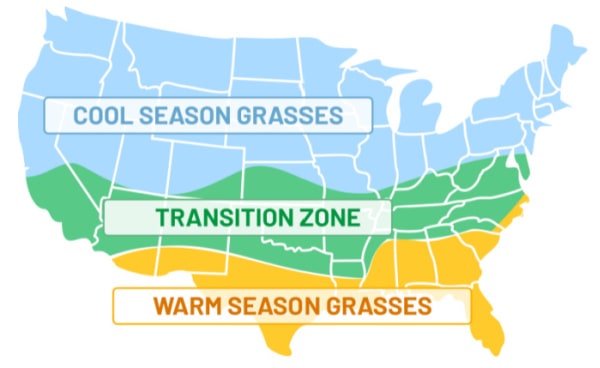
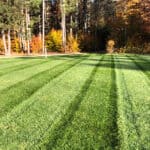

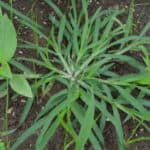
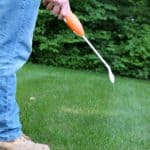
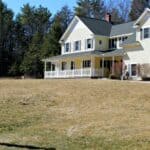
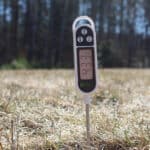
I have a mixture of centipede, bahama, and bare dirt. Very frustrated because I used to have a beautiful centipede lawn until the sod webworms hit.
Looking for suggestions on how to move forward. BTW, I live in the Big Bend region of Florida.
Thanks!
Hi Ellie! So would definitely get rid of the webworms as soon as you can with a product like Reclaim IT and Bifen LP granules. In late spring when you can fix your lawn, I would recommend either installing sod or plugs over the damaged sections. Sounds like your only real problem was the webworms so getting rid of them and going back to centipede should make you all good. Every 3 months, you might want to apply the Reclaim IT and Bifen LP as a preventative until your sure the webworms are gone.